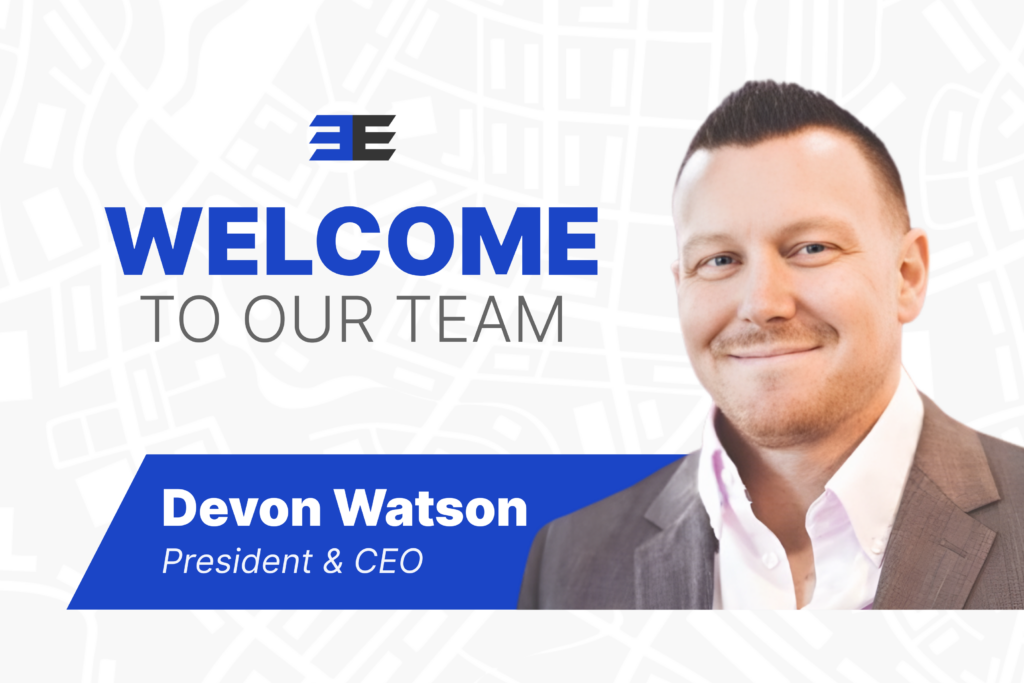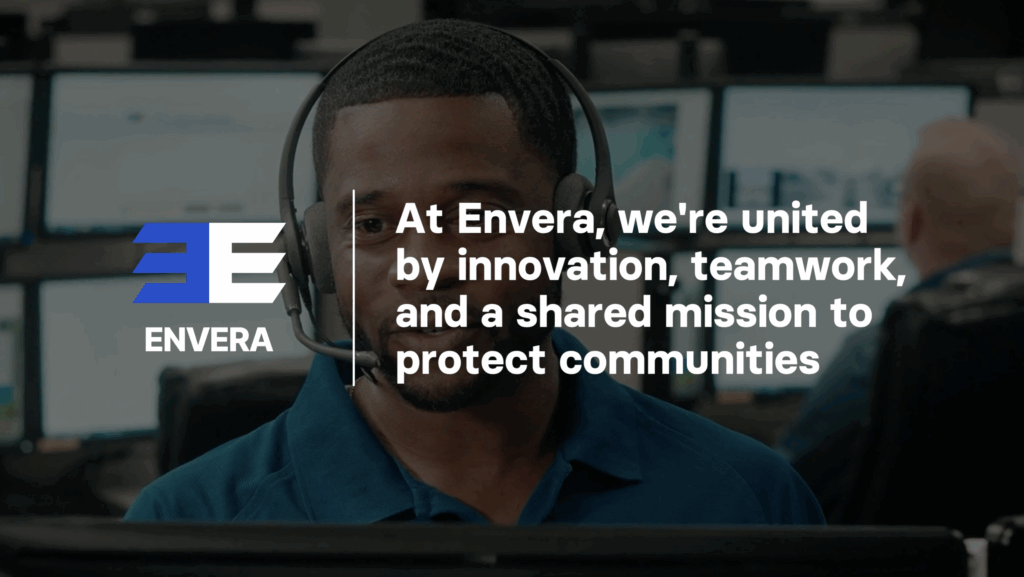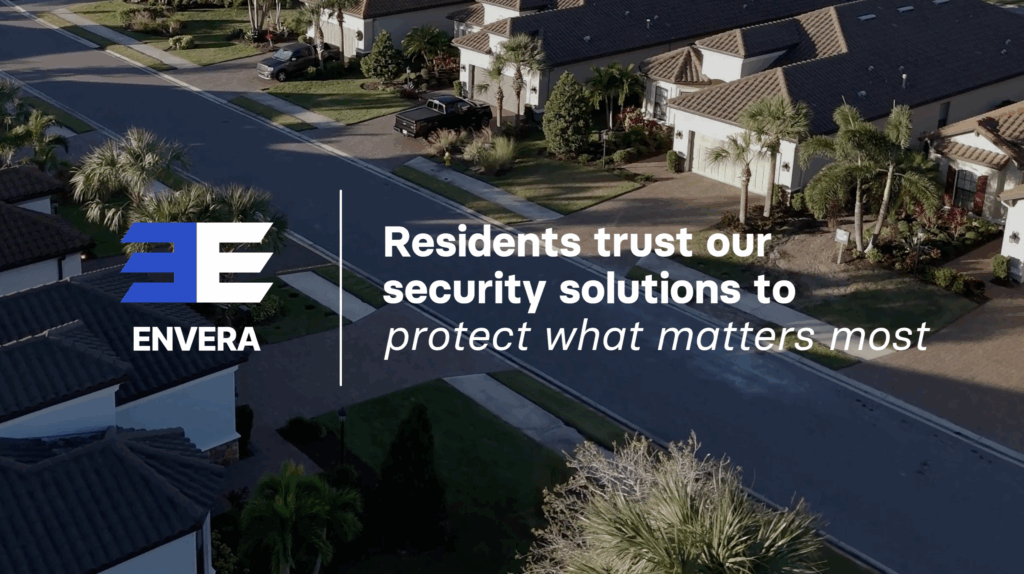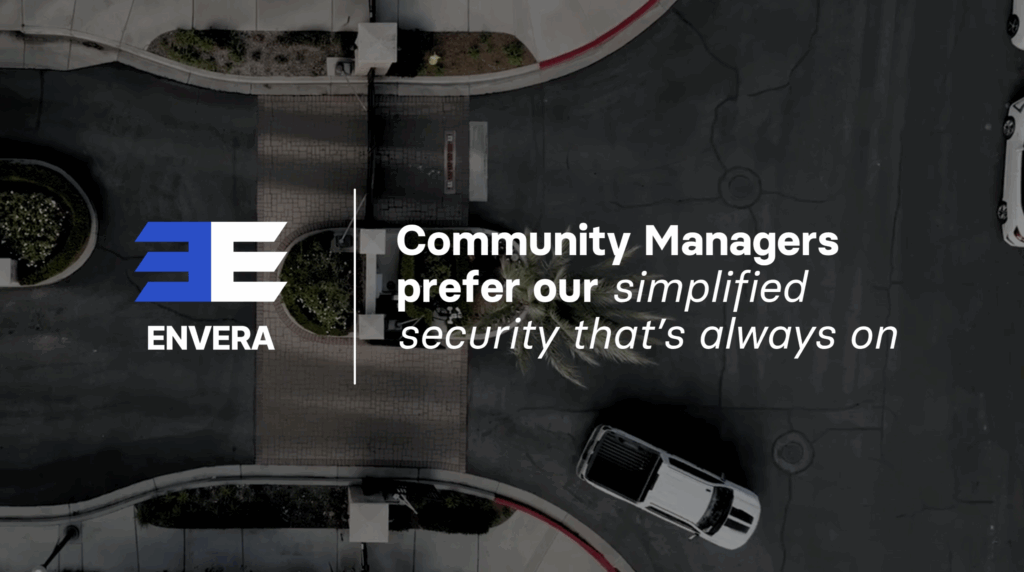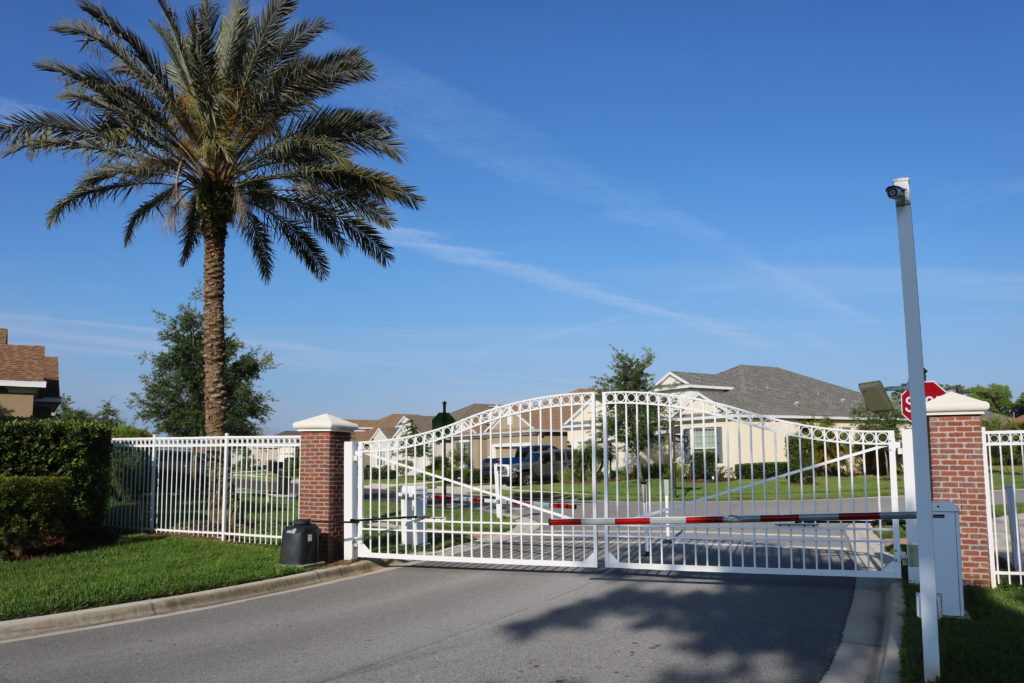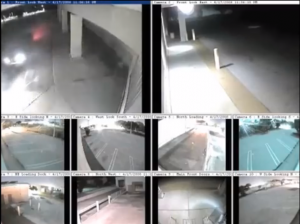
Criminal activity, and even simple unacceptable behavior identified by a community in their Deed Restrictions, Covenants or other documented and accepted guidelines, can be anything from frightening to frustrating. These activities may cause monetary damage, psychological damage, reputation damage and other unforeseen damages to individuals and their community. Long term exposure may decrease home prices and rental rates and extend community turnover rates causing individual financial struggles. The individual struggles could quickly lead to delinquent and skipped association dues by these troubled homeowners.
So what are communities doing to fight back against crime and unacceptable behaviors? Many communities are considering Guards, Law Enforcement Patrols and installation of access control and surveillance systems to help harden their communities. When it comes to Video Surveillance systems, a frequent request is to be able to identify the individual(s) who committed the criminal or unacceptable behaviors so that the “Full Wrath of the Board of Directors and the community” can come down upon the individual(s).
The Board Members are ever increasingly asking to be able to identify the individual and have a clear copy of the tapes readily available for Law Enforcement Agents so they can press charges and have the perpetrators held accountable. TV shows and movies, such as the CSI series, and the hit movie “The Minority Report,” portray complex software that will even recognize parts of your face and “build” the rest using digital enhancements and sophisticated algorithms. The reality is that Facial Recognition software still has a long way to go and is wrought with complications that computer geniuses in Governments Labs and prestigious Universities have been battling with for over a decade now. Simple things like contrasts between light and dark areas, movement, camera angles and other environmental factors all effect the quality and quantity of information that has been captured and stored for processing.
Most people would be wise to believe that even the software that is available today is expensive and needs highly trained and experienced programmers and operators, at yet another expense. The expectations of those hard-core, security-minded Board Members therefore turns to the video itself and the expectation becomes capturing video surveillance that is clear enough to make out the perpetrator and for the courts to be able to use for clear evidence. They want to see their face like in the videos we sometimes see from a convenience store robbery on the eleven o’clock news where the not so bright criminal puts his unshielded face right into the camera only 2-3 feet away. In reality, most video surveillance systems are not set up to reliably capture surveillance that is useable by Law Enforcement as evidence.
For a person to be “identifiable,” the video has to have been taken in close to perfect conditions. The cameras need to have sufficient lighting from just the right angle and direction. The person also needs to be facing the camera in such a way that does not cause distortion or partial views and the cameras lenses need to be clear with no smudges, raindrops or spider webs in front of them. Of course the resolution of the camera needs to be clear enough for the picture to be seen as recognizable which depends upon distance, angles, field of views, lens types, sensor types, compression types and other variables. Of course the recording device needs to have enough memory to have saved the information long enough for someone to have reacted to the event and get to the recorder before the video is over-written. Even when the video surveillance passes all of these other considerations, the video needs to be formatted correctly and the correct procedures for “Chain of Custody” must be followed if it has any chance of seeing the light of day in a courtroom.
If the angle of the camera to the person is minimal, the lighting is evenly lit and backlighting is present, the environmental conditions are favorable, the camera system has been well maintained and correctly focused on the area of interest and the person walks slowly while looking into the camera, we might be able to get quality video. If we follow strict formatting and chain of custody procedure and the surveillance gets into the hands of Law Enforcement quickly, hours count, then maybe the community will have a shot at using it in court. Setting a community’s expectations to align more closely with the actual capabilities of the surveillance system is critical to building a system that will satisfy the consumer.
Academically speaking, there are three or four generally accepted “levels” of resolution quality: Detection, Recognition and Identification. Detection is the ability to detect if there is something in the field of view of the camera. Recognition is the ability to recognize what type of thing it is (person, animal, car, etc.). Finally, Identification is the ability to identify a specific individual from other people or compare specific details for differences. Bosch, a camera manufacturer, recognized four levels of resolution quality, Detection (7 pixels/foot), Classification (13 pixels/ foot), Recognition (20 pixels/foot) and Identification (49 pixels/foot) based on a Human-sized target. Bosch is very aggressive though as other manufacturers, such as Axis, suggest as much as 80 pixels per foot for identification and the Swedish National Lab suggest as much as 150 pixels per foot. Much of this is the perception of one person to another and what they consider acceptable. The answer for any one given person is usually “obvious”, however when a group of people are all asked the same question about the quality of the video there can be expected to be many different opinions.
Understand that if Identification is truly what you are after, then there will need to be great thought and calculations put into developing the system, the quality of all of the parts and pieces of the system should be high, the design of the system should be optimized to meet your specific needs and the environmental conditions should be controlled as much as possible. This will most likely mean spending a little extra to get the equipment and experienced installation team necessary to meet your expectations. Make sure that you are VERY clear about what you need and expect the system to do and understand that each environment and your budget will play a great part in what can actually be achieved.
Finally, consider hiring a third party company to retrieve, store, maintain and possibly even monitor the system for you to maximize the efficiency, minimize the downtime and control the Chain of Custody as much as possible. You may find that this will also help to protect and buffer the Board of Directors and/or Management Company from accusations of tampering with the evidence, misuse of the surveillance systems and other concerns of privacy and ethics that often accompany the use of video surveillance systems as a means of enforcing Rules and Restrictions within a community.
Video surveillance continues to improve and continues to be a very useful tool for Law Enforcement when properly employed and managed. The cost of high quality equipment continues to decrease as global competition increases and the techniques used to integrate video surveillance with access control, alarms and people that can monitor and maintain these systems, continue to expand and improve. Understanding the limitations of these systems, becoming very clear about your needs and creating reasonable and achievable expectations regarding the systems are the first steps towards getting what you want from your surveillance system and possibly capturing the evidence needed to finally hold at least some people accountable for their actions. Many communities find that the unacceptable behaviors will decrease or even disappear altogether as people start to become aware that others have been caught on surveillance and that they received consequences for their actions. The consistency, follow up and attention given to the consequences handed out is as important as the evidence captured.
“There can be no true response without responsibility; there can be no responsibility without response.” — Arthur Vogel
So do your research, identify your needs and desires, find a qualified and experienced vendor, save up enough money to purchase high quality equipment, be ready to enforce the consequences of holding people accountable and create a system that will truly work to bring value, peace of mind and quality of living to your community. Go get those vandals and rule breakers with confidence!
